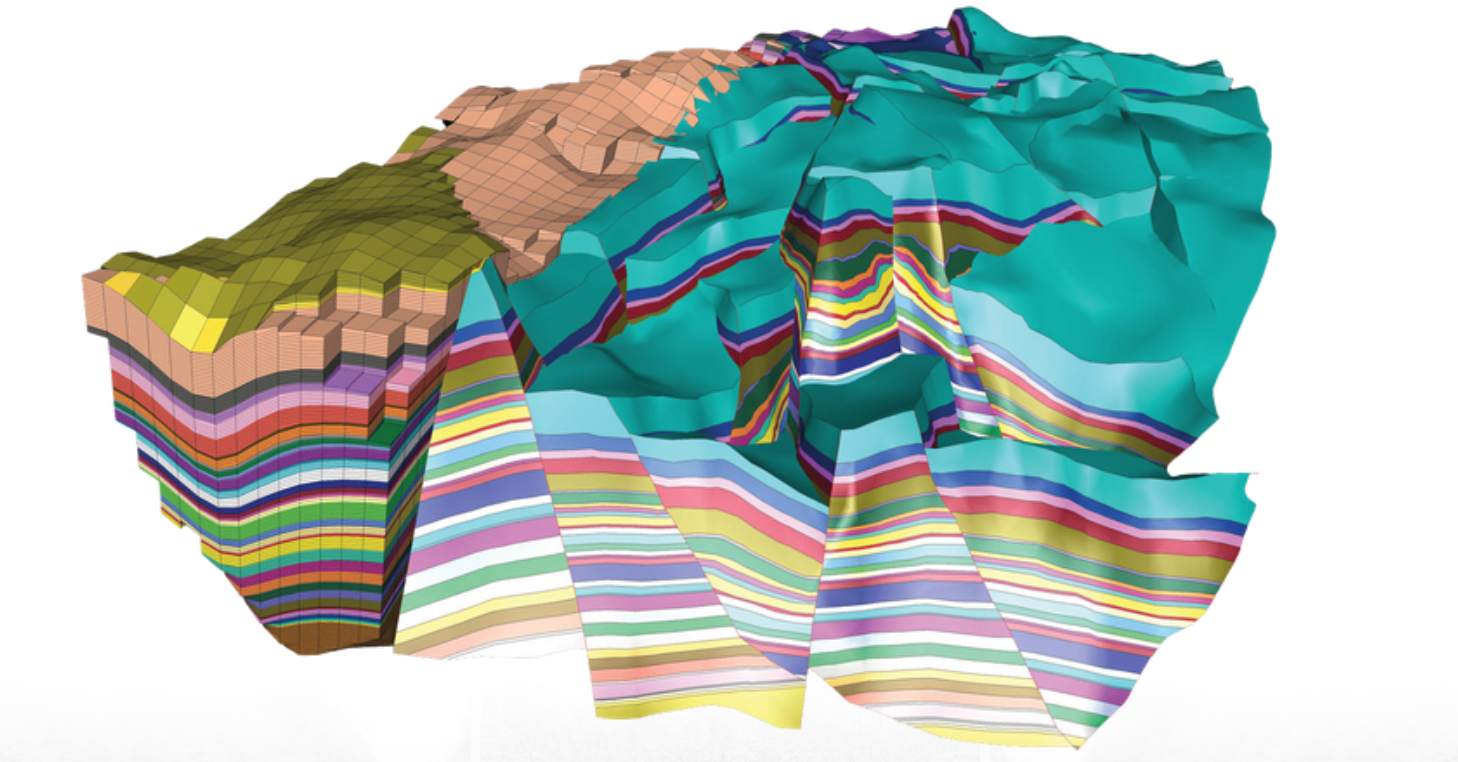How Reservoirs are Being Categorised?
Reservoir characterization is the process of acquiring and analysing user data to describe the properties and behaviour of subsurface rock formations that contain hydrocarbons, water, or other fluids that can be extracted or stored. The main goal of reservoir characterization is to provide a detailed understanding of the reservoir's structure, fluid content, and flow properties, which is crucial for optimizing hydrocarbon production or storage. Understanding reservoirs enables greater optimization of their lifespan performance. To construct a superior quantitative representation of the reservoir, the most accurate measurements available from numerous sources and disciplines must be used. Reservoir characterization entails combining several types of data and information, such as geological, geophysical, petrophysical, and engineering data. This can be accomplished through the use of several techniques, like core analysis, well logging, seismic imaging, and reservoir simulation.
Core analysis refers to the process of acquiring rock samples from the reservoir and conducting laboratory analyses to evaluate their chemical and physical characteristics. Well, logging involves measuring various parameters, such as porosity, permeability, and fluid saturation, using sensors placed in a borehole. Seismic imaging involves sending sound waves into the ground and measuring their reflection to create an image of the subsurface structure. Reservoir simulation involves using computer models to simulate fluid flow within the reservoir and to predict production rates.
There are nine main properties these studies hope to achieve through reservoir characterization:
1. Reservoir Fault System: It is critical to identify the type of faults present, whether the faults are sealed, and the faults' potential for compartmentalizing the reservoir when determining the fault framework.
2. Trapping Mechanism: Identifying the type of trap (stratigraphic trap or combination trap) and defining the trapping system. As an example, consider an anticlinal structure or a fault-dependent closure.
3. Changes in Facies: To define the deposition environment and lithologic distribution within the reservoir. For example, calculating the channel system's extent or defining a sand and shale system based on the ability to spread the lithology inside the reservoir.
4. Variation in Porosity: It is critical to note the percentage of the void within the reservoir and how the percentage varies within the reservoir. The quantity of space is accessible for probable hydrocarbon variation is determined by these vacancies.
5. Variation in Permeability: This relates to the ease with which fluid can flow through the reservoir. It is critical to understand how this fluctuates within the reservoir since it influences the flow of hydrocarbon during production.
6. Hydrocarbon Types and Contacts: Identifying the fluid and system types present in the reservoir, such as oil, water, and gas. It is also necessary to assess whether or not there is hydrocarbon water contact, as well as the depth of the contact between the fluids.
7. Limit of Accumulation: To establish the extent of the accumulation, the hydrocarbon contact must be put on an already contoured elevation map. This must be done while keeping the sort of trap and the boundaries of the facies interpretation in mind.
8. Hydrocarbon saturation over the reservoir: Because hydrocarbon cannot replace 100 per cent of the water initially present in the reservoir, it is critical to estimate the proportion of hydrocarbon in the reservoir's pore spaces.
9. Hydrocarbon Volumes: To make economic decisions and plan for reservoir development, an estimate of the reservoir's hydrocarbon reserves must be determined.
By integrating all of these types of data and information, reservoir engineers can develop a detailed understanding of the reservoir's properties, including its geometry, porosity, permeability, fluid content, and production characteristics. This information can then be used to optimize the production or storage of hydrocarbons or other fluids in the reservoir.






